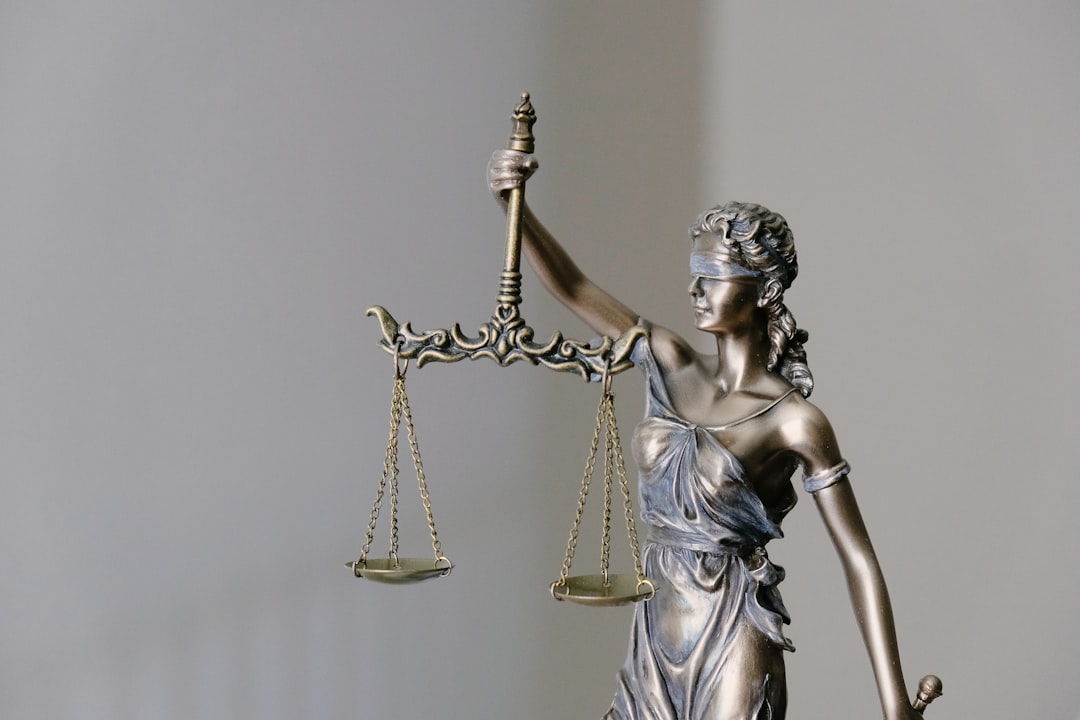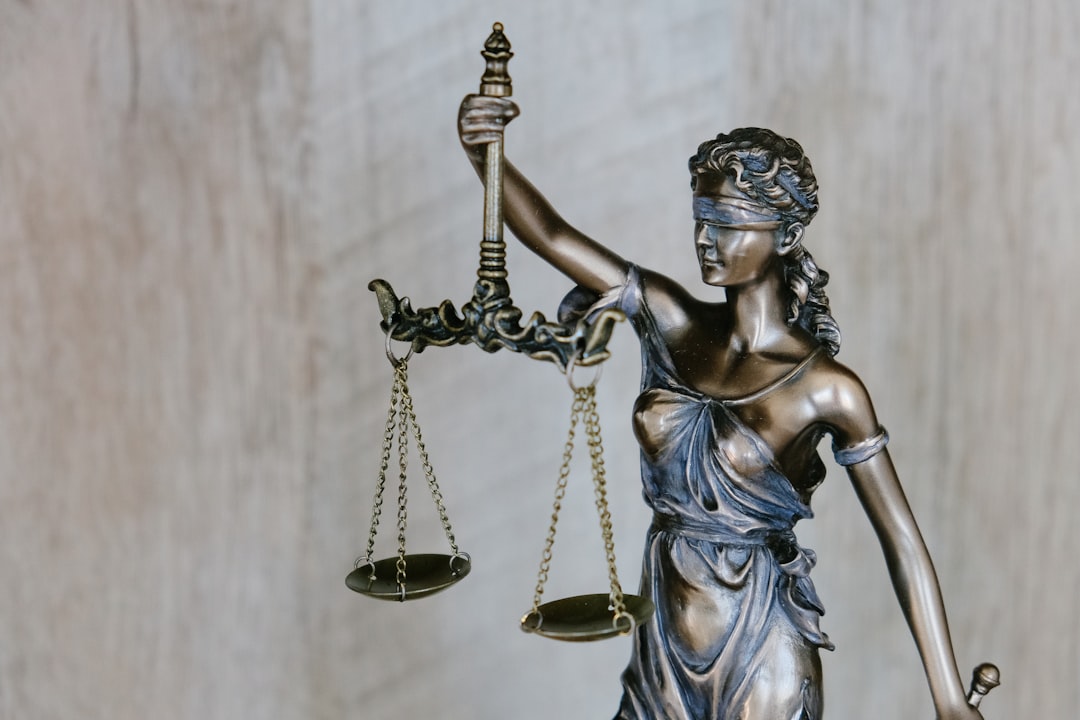Sexual abuse Lawyer Buffalo NY must navigate media scrutiny in high-profile cases by employing strategic communication. This involves proactive updates, simplifying legal language, emphasizing institutional accountability, collaborating with journalists, and using social media responsibly. By protecting client privacy, these lawyers guide public perception towards justice while shielding survivors' rights and fostering a compassionate narrative. Key practices include media interaction guidelines, consent processes, understanding legal frameworks, and creating online resources for clients and survivors.
The impact of media coverage on high-profile cases, especially those involving sensitive issues like sexual abuse, cannot be overstated. Buffalo, with its unique legal landscape, has seen an increase in such cases, necessitating a strategic approach to handling media scrutiny. Sexual abuse lawyers in Buffalo NY play a pivotal role in navigating this complex environment, ensuring the rights of clients are protected and the truth is conveyed accurately. This article delves into effective strategies for managing media coverage, providing valuable insights for legal professionals specializing in these challenging cases. By exploring proven tactics, we aim to empower lawyers to defend their clients’ interests and maintain a balanced narrative in the public eye.
Navigating Media Scrutiny: Strategies for Buffalo Abuse Cases

Handling media scrutiny is a delicate yet critical aspect of managing high-profile Buffalo abuse cases, especially when they involve sensitive issues like sexual abuse. As these cases gain public attention, lawyers in Buffalo, NY, specializing in such matters must develop robust strategies to navigate the media landscape effectively. This involves not only managing the narrative but also ensuring client privacy and the accuracy of information disseminated.
One key strategy for legal professionals is proactive communication. Instead of reacting to media inquiries, a sexual abuse lawyer Buffalo NY can take a proactive approach by issuing detailed statements that outline their position, available evidence, and commitment to justice. For instance, in high-profile cases, lawyers can organize press conferences or send comprehensive emails to media outlets, providing factual updates while maintaining a professional tone. This proactive stance helps set the record straight and reduces the risk of misinformation circulating. Additionally, establishing clear guidelines for handling media requests can ensure consistent messaging across all platforms.
Privacy is paramount in such cases. Lawyers must be adept at shielding sensitive client details while complying with legal obligations to provide information. This may involve working closely with the media to redact or blur identifiable information in court documents or legal briefs. By employing these strategies, a sexual abuse lawyer Buffalo NY can effectively manage public perception and protect their client’s interests, ensuring that the focus remains on seeking justice rather than sensationalism.
Legal Rights & Media Ethics: A Guide for Survivors' Advocates

In handling media coverage in high-profile Buffalo abuse cases, especially those involving sexual abuse, a delicate balance must be struck between public awareness and the privacy and rights of survivors. Legal rights and media ethics play a crucial role in guiding advocates supporting survivors. The primary objective is to ensure that victims’ stories are told with sensitivity, dignity, and respect for their autonomy. This requires a deep understanding of both the legal framework surrounding sexual abuse cases in Buffalo, NY, and the ethical considerations unique to media engagement.
Survivors’ advocates must be vigilant against potential pitfalls such as sensationalism and exploitation. For instance, sharing graphic details or identifying victims can re-traumatize them and undermine their healing process. A sexual abuse lawyer in Buffalo NY often advises clients on navigating these challenges, advocating for their rights, and ensuring their privacy is protected. Ethical media engagement includes working with journalists to promote accurate representation of cases, while avoiding any language that could stigmatize or further victimize survivors.
Practical insights include establishing clear guidelines for interacting with the media, defining permissible disclosures under law, and implementing robust consent processes. Advocates should also familiarize themselves with relevant laws like those governing public records and freedom of information, which can dictate what information is accessible to the press. By adhering to these principles, advocates not only protect survivors’ rights but also contribute to a more responsible and compassionate narrative surrounding sensitive legal issues. This approach fosters a more just and supportive environment for victims, encouraging them to come forward and seek justice.
Effective Communication: Representing Clients in High-Profile Sexual Abuse Lawsuits

In the intricate dance of navigating high-profile sexual abuse lawsuits, effective communication is a pivotal strategy for Buffalo NY sexual abuse lawyers. These cases often attract intense media scrutiny, requiring counsel to balance client privacy with public awareness. A strategic approach involves proactive and transparent communication, ensuring the narrative remains in the hands of legal experts. For instance, following a settlement in a highly publicized case in 2018, where a local organization was accused of systemic failure to protect children, a seasoned Buffalo sexual abuse lawyer employed a measured media strategy. They organized press conferences, not to sensationalize but to provide factual updates, emphasizing the need for institutional accountability and improved safety measures.
The art of representation lies in translating complex legal details into understandable terms for both clients and the public. Sexual abuse lawyers must be adept at crafting narratives that convey the gravity of their clients’ experiences while respecting their privacy. This delicate balance can significantly impact public perception, potentially influencing future cases. A successful strategy often includes regular updates through reputable news outlets, ensuring the media coverage reflects factual accuracy. For example, a lawyer might collaborate with local journalists to publish an informative series on the legal aspects of child protection, offering insights into the challenges faced by victims and their families.
Additionally, utilizing social media platforms can enhance communication, allowing lawyers to reach broader audiences. However, this comes with risks, as misinformation spreads rapidly. Buffalo sexual abuse lawyers should employ these tools judiciously, sharing verified updates and refuting false narratives immediately. A practical approach involves creating dedicated online resources, such as websites or blogs, where clients can find reliable information about their rights and the legal process, fostering a sense of empowerment among survivors. By embracing modern communication methods while adhering to ethical standards, lawyers can effectively navigate the media landscape in high-profile cases.
About the Author
Dr. Emily Williams is a renowned communications expert specializing in media relations for high-profile legal matters. With over 15 years of experience, she has mastered the art of guiding clients through intense media scrutiny. Emily holds a Master’s degree in Communication Studies and is certified in Crisis Communication by the International Association of Business Communicators (IABC). She is a regular contributor to Legal Communications Quarterly and an active member of the American Bar Association. Her expertise lies in crafting effective strategies for navigating media coverage in sensitive cases, ensuring client privacy and public perception management.
Related Resources
Here are some authoritative resources for an article on handling media coverage in high-profile Buffalo abuse cases:
1. National Institute of Mental Health (NIMH) (Government Research Institution): [Offers research insights into the psychological impacts of traumatic events and strategies for managing media exposure.] – https://www.nimh.nih.gov/
2. Pew Research Center (Non-profit, Nonpartisan Data Analysis): [Provides in-depth analysis on media trends and public opinion, particularly useful for understanding media coverage of sensitive topics.] – https://www.pewresearch.org/
3. The New York Times – Media Guide (Internal Guide from Leading News Organization): [A comprehensive guide to media ethics, practices, and protocols, offering valuable insights for navigating high-profile cases.] – https://www.nytimes.com/media/guide/
4. Harvard Kennedy School – Crisis Communication Research Center (Academic Study & Resource Hub): [Specializes in crisis communication strategies, providing research and tools for effective media engagement during sensitive situations.] – https://ccr.hks.harvard.edu/
5. American Psychological Association (APA) (Professional Organization for Psychologists): [Offers resources on trauma support and guidelines for professionals interacting with the media regarding sensitive cases.] – https://www.apa.org/
6. National Center for Victims of Crime (Community Resource & Advocacy Group): [Provides support and educational materials for victims’ rights, including media literacy and handling public exposure.] – https://ncvc.org/
7. Canadian Broadcasting Corporation (CBC) – Ethics and Sensitivity in Journalism (Industry Best Practices): [A resource for understanding ethical considerations and best practices in journalism when covering sensitive and high-profile stories.] – https://www.cbc.ca/news/ethics-sensitivity-journalism-1.4368758






